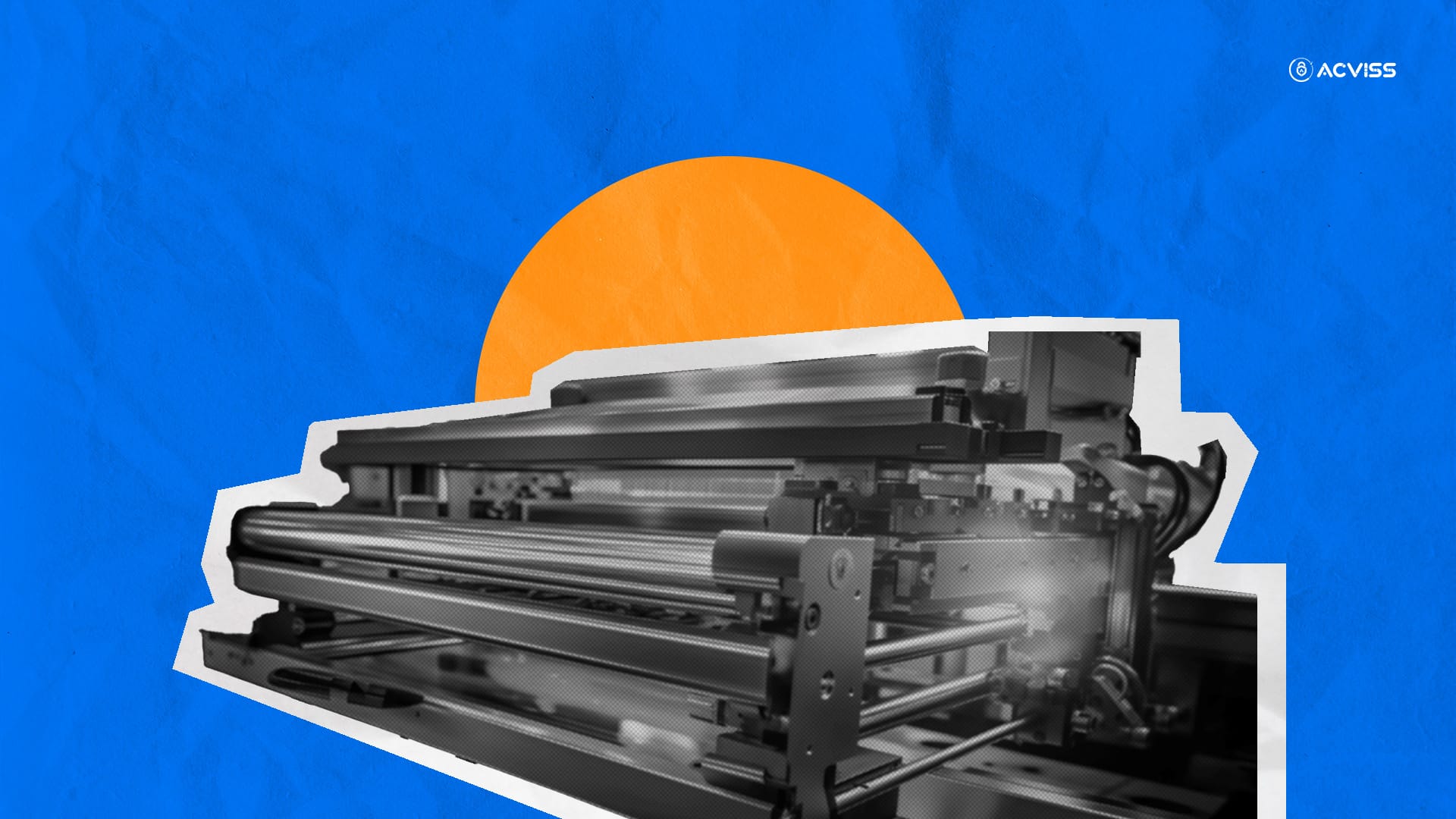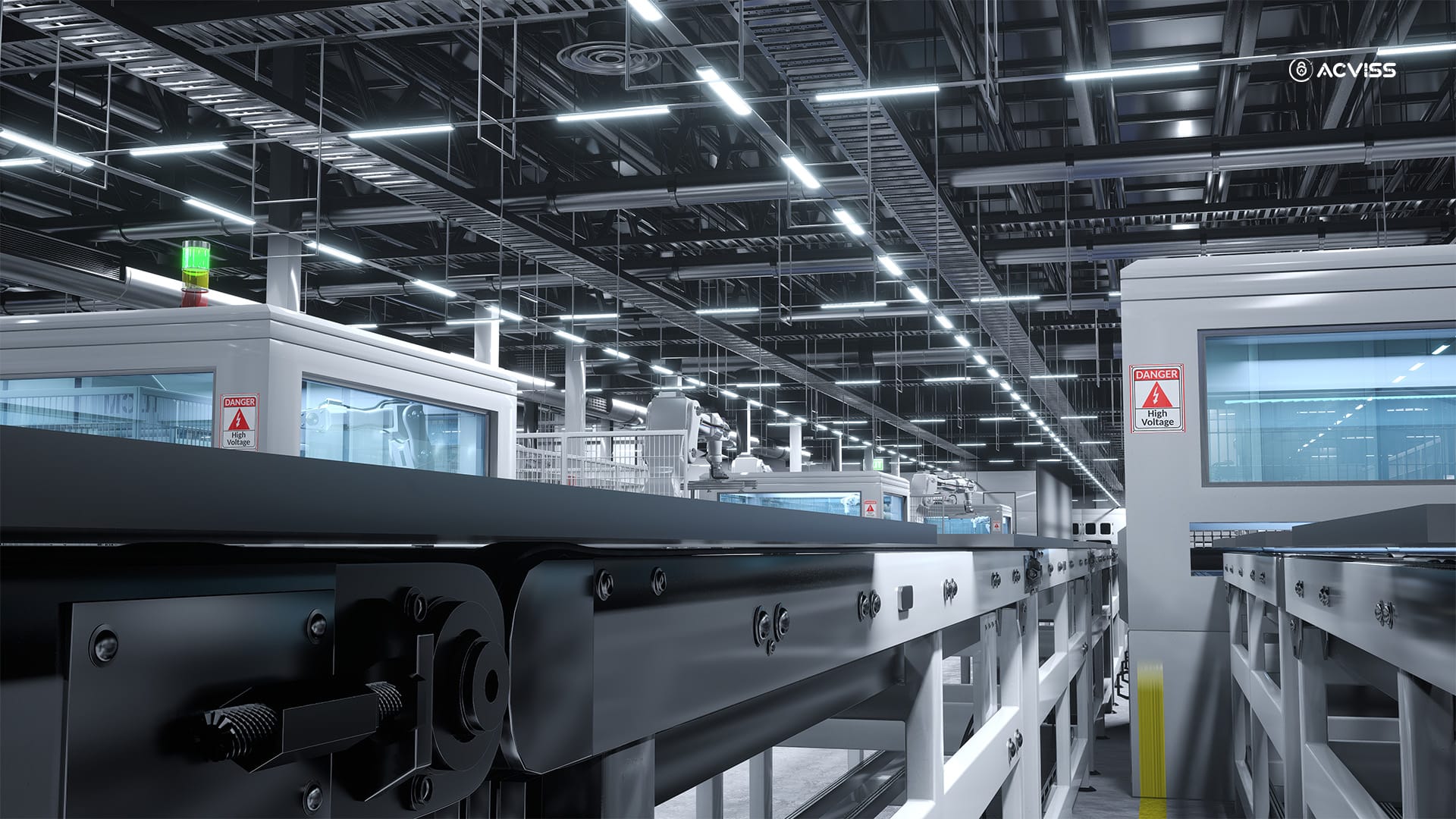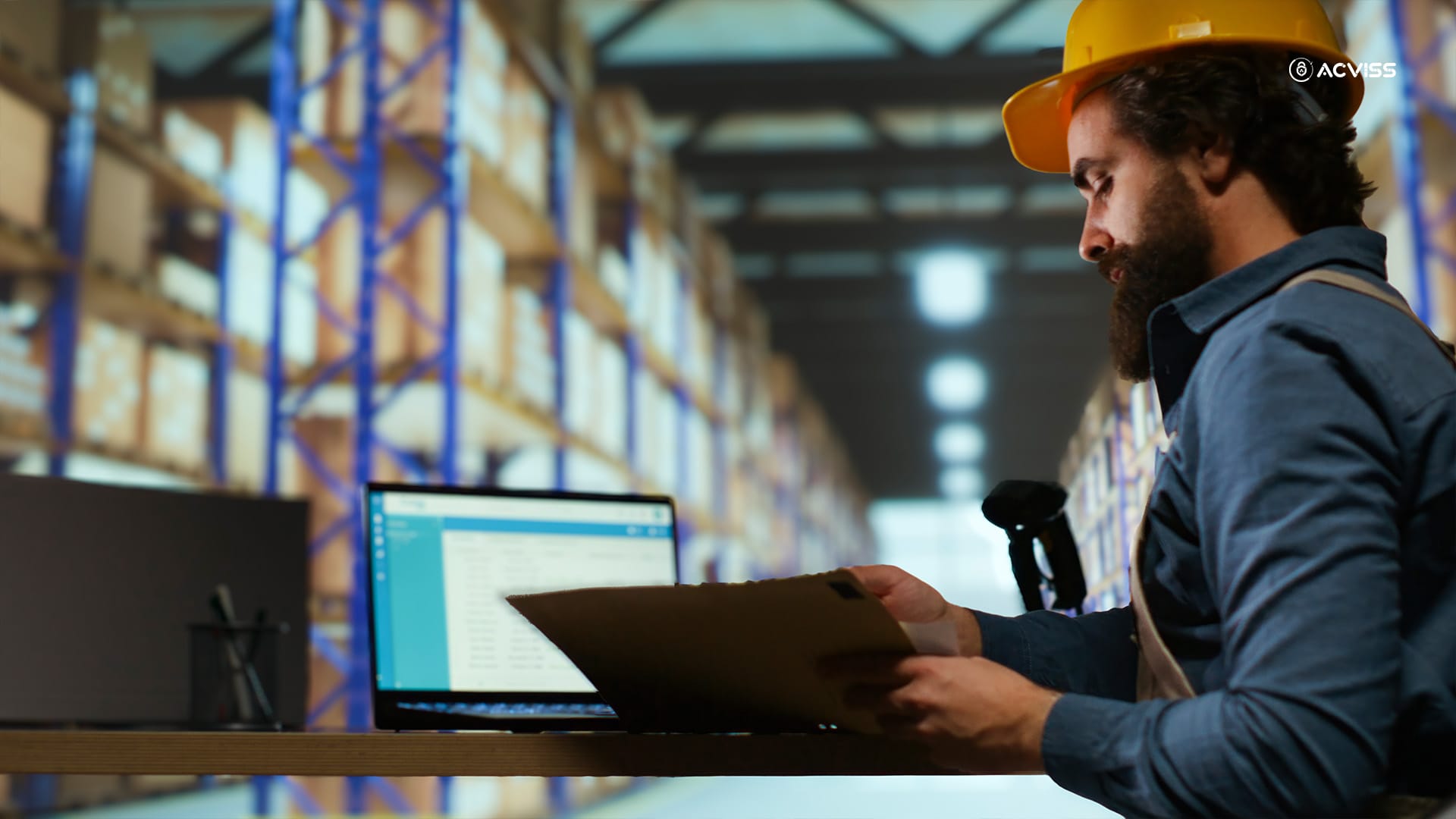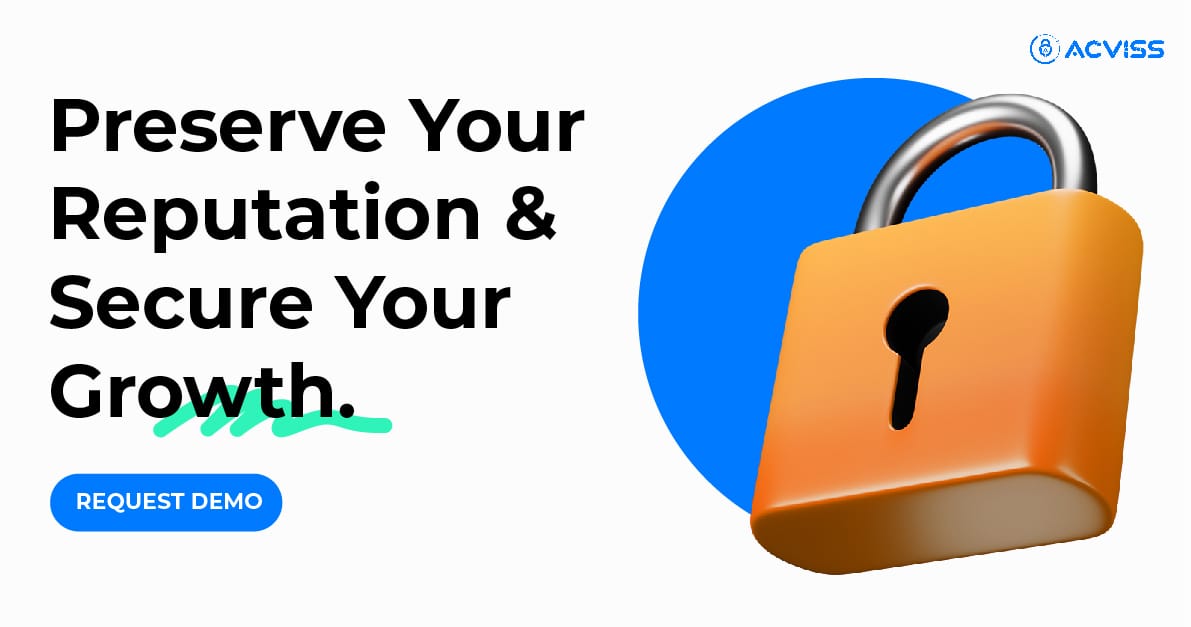What is Shopfloor In-Line Printing and Why Does Your Business Need It!

No matter your scale, small or large, staying ahead of the competition is crucial. Your business should be efficient and keep track of the product to avoid any post-production issues. It is indeed a key to success and building trust between the business and the consumer.
But how can your business achieve the top level of efficiency? One smart solution that helps in this regard is inline printing.
Inline printing technology prints directly on products or packaging as they go through the production line and making operations faster and more accurate.
Continue reading to explore inline printing technology, its benefits, the industries that use it, and how it improves packaging processes to help businesses work more efficiently.
Overview of Inline Printing Technology
Inline printing is a method that helps identify products, share ingredient or warning details, and keep the brand consistent. This makes it easy to print the information directly on the products, without needing extra steps before or after the packaging process.
It means labels, barcodes, and product information are printed and applied instantly. This setup removes the necessity for pre-printed labels, which helps reduce production delays.
Inline printing is specifically made to easily work with various packaging types, like cartons, bottles, pouches, and other containers. It can print important information, like barcodes, expiration dates, batch numbers, and regulatory icons, which helps in product traceability.
Benefits for Manufacturing Efficiency and Product Traceability
When you’re doing manufacturing, it’s quite important to stay accurate and fast. Inline printing systems help boost business efficiency in the following ways:
- Connecting with Production Lines: It removes the need for separate labelling steps. Inline printing saves time as well as reduces extra work.
- Allowing Real-Time Updates: Inline systems print important info like batch details and expiry dates as products move through the line. This makes it easier to track products.
- Simplifying Stock Management: With on-demand printing, businesses don’t need to keep large amounts of pre-printed labels. This reduces waste and makes stock management easier.
In addition, since inline printing plays a crucial role in product traceability, it helps the manufacturer keep accurate records throughout the supply chain.
Types of Industries Using Inline Printing On the Shopfloor
Nowadays, the inline printing method is used by multiple industries that need fast production, product tracking, and customisation. Let’s have a look at the main sectors that use this:
- Food & Beverages: In the food and beverage industry, inline printing is used to print expiration dates, batch numbers, and labels directly on bottles, cans, and packaging. This helps meet regulations and improves product tracking too.
- Pharmaceutical: Pharmaceutical companies use inline printing to label medication packages with important information like lot numbers, barcodes, and MFG and EXP dates. This is key for safety and tracking.
- Automotive: In the automotive industry, inline printing is used on parts for identification, part numbers, and tracking. This makes the process of product assembly easier.
- Electronics: The manufacturers of the electronics sector use inline printing to add serial numbers, logos, and certifications to products. This ensures they meet regulations and can be identified through the supply chain easily.
- Cosmetics: Last but not least, the inline printing method is also utilized by cosmetics companies. They use the system to add custom product labels, ingredient lists, and batch information directly to the packaging.
In short, whether you’re in the food, pharmaceutical, or consumer goods industry, having inline printing technology in your operations on the shop floor offers many advantages. From saving time and cutting costs to improving product traceability, it comes with many such benefits that boost efficiency.
Benefits of Using Inline Printing on the Shopfloor

Inline printing literally has many benefits that make shopfloor operations better. The main advantages are listed below:
Faster and More Efficient | Printing directly on products or packaging helps to avoid the need for a separate labeling step. This saves time and keeps the production process faster and more efficient. |
|---|---|
Less Chance of Mistakes | Manual labeling can lead to errors, like wrong information or misplaced labels. But, inline printing automates the process and makes sure everything is printed correctly on all products. |
Cost Savings | Reduces the need for pre-printed labels and extra packaging steps, reducing material costs. |
Better Tracking | Inline printing allows businesses to add unique IDs to each product, which makes it easier to track them throughout the supply chain. This is helpful for industries where product recalls are necessary and common. |
Customization and Flexibility | Inline printing makes it easy to update product info quickly. Whether it’s for new rules or marketing needs, you can customize without stopping production. |
More Sustainable | Using fewer labels and packaging materials creates less waste. It helps businesses be more eco-friendly and support green initiatives. |
Role of Inline Printing in Enhancing Product Packaging
Product packaging is key for both branding and meeting regulations in the current market. Inline printing helps manufacturers by making it easy to customise and adjust packaging designs.
With inline printing, businesses can easily add custom labels for promotions, seasonal designs, or limited-edition branding. This kind of flexibility is hard to do when it comes to pre-printed labels. Also, companies can quickly print labels to meet regional or international rules, which ensures they stay legal without any delays.
Case Studies of Brands Using Dynamic Printing for Unique Branding and Compliance Labelling

Many businesses have successfully used inline printing to improve their branding and meet compliance requirements:
Case Study 1: Coca-Cola
The Challenge: Coca-Cola wanted to boost engagement and sales through a personalised experience.
The Solutions: For that, they used inline printing to add customer names and messages directly on bottles. It allows fast customisation without slowing down the production rate.
The Outcome: The “Share a Coke”, a multinational marketing campaign, became a global hit. It increases sales by 3-4% in many areas and improves customer engagement.
Case Study 2: Nestlé
The Challenge: Nestle actually needed to meet local labelling rules while keeping packaging costs bare minimum.
The Solution: They used inline printing to add expiration dates and batch codes directly on packages. It ensures compliance in different regions without pre-printed labels.
The Outcome: Nestlé saved huge costs and reduced regulatory risks. Also, it streamlines packaging and ensures accurate labels.
The above two real-life examples show how flexible and effective inline printing can be for completely different packaging strategies.
Cost Savings in Packaging Materials Through On-Demand Printing
One big advantage of inline printing is that it saves money on packaging materials. It lets companies print exactly what they need when they need it, so they don’t have to pre-print labels in stock. This reduces storage costs and waste. On-demand printing is especially helpful for businesses that make many different products or often change their packaging designs.
Also, the ability to customise packaging instantly lets businesses quickly adapt to market demands. All without spending extra money on new packaging materials.
Head Start in the Competition
Overall, with inline printing technology, the way businesses handled manufacturing and packaging earlier has completely changed. Now, adding real-time printing directly to production lines enables companies to work faster, waste less and keep track of products more easily.
Interested to learn more about inline printing and implementing authentication to your packaging? Get in touch with our expert team and stay ahead of the competition. Meet regulations while offering custom packaging and open up opportunities for creative branding.
